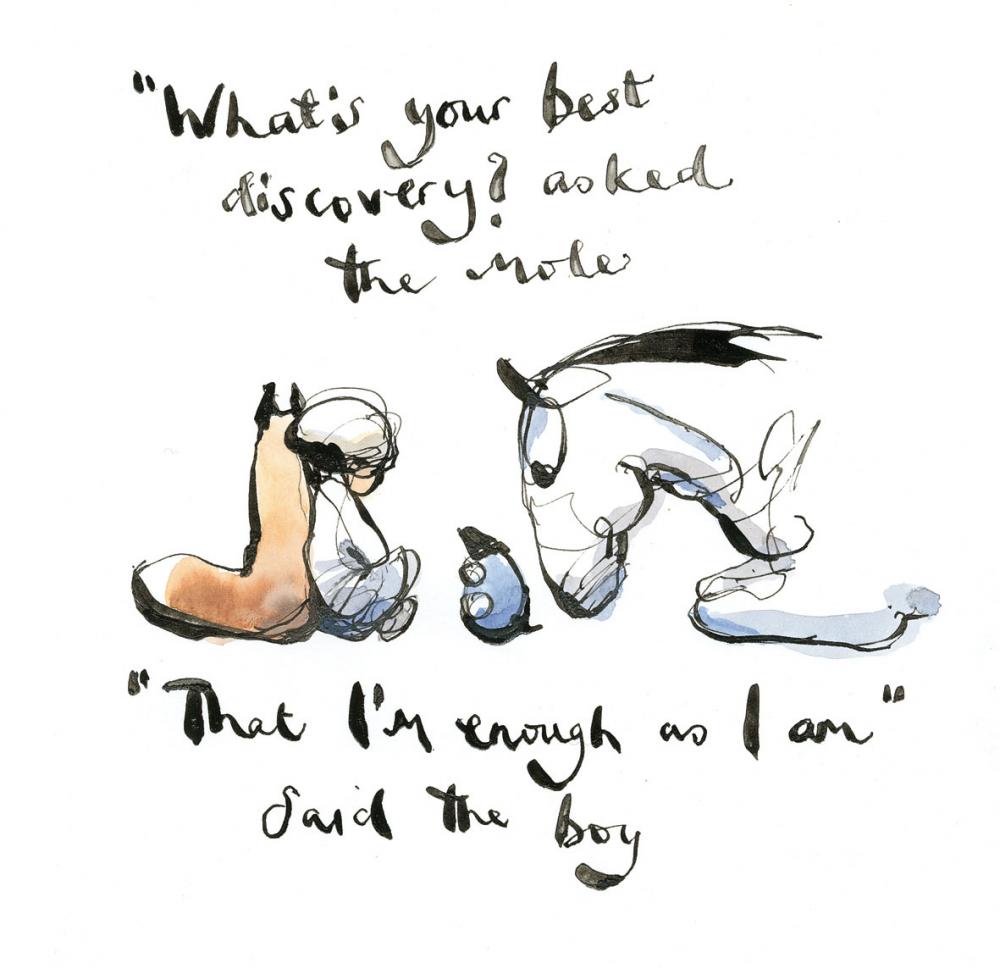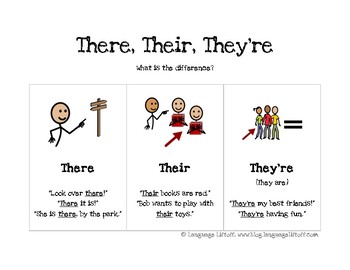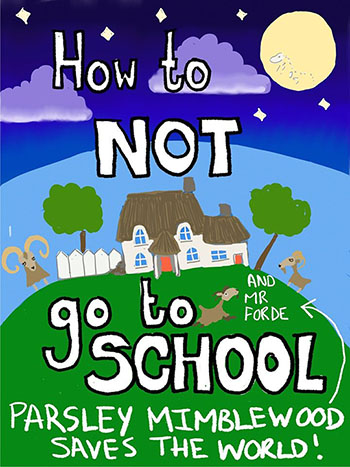11 May 2020: Home learning
Happy Monday, everybody!
Y5 Maths – Two-way tables
11 May 2020: Home learning
Hello everyone!
Hope you’ve all had a great weekend! Who’s ready for another week of home learning?
Maths
Today’s we’re going to be learning how to find a half.
Click on this link and find ‘Summer term – Week 2’.
Then, click on lesson 1. There will be a short video to watch and an activity you can print.
Any problems finding it, please let me know.
Reading
For today’s reading task, follow this link to the Department of Education’s letters and sounds YouTube page. Please find lesson 7. Lesson 7 teaches the children about the alternative grapheme ‘o’. There will also be a live lesson at 10.30am. Fell free to join in with that one too.
Geography
Today, your task is to draw a map.
Maps help us travel from one location to another. They also help us figure out where we are and how to get to where we want to go.
Make a map of your route to school (if you can remember it!) or a map of walk you have been doing.
Maps often have symbols to show important features. These symbols are then shown in a key. Keys use symbols, colors, or lines to represent important places or landmarks on a map.

Good luck, Year 1
11 May 2020: Home learning
Hello everyone
I hope you have all enjoyed the weekend. Did you celebrate VE Day?
We had a street party. Everyone stayed outside their own houses and we played bingo and took park in a quiz – great fun!
Here is your fluency text for this week.
All about Africa
Africa is a continent which is bigger than the United States of America, Canada and India put together. Africa is home to 54 countries and more
than one billion people. In Northern Africa, you can trek through the Sahara desert; it is the largest and driest hot desert in the world. You can
also visit the world’s longest river, The Nile.
Millions of people visit Africa on holiday to see its famous pyramids and go on animal safaris. In Africa, you will find some of the largest mammals on the planet. Among them are the elephant, the giraffe and the world’s fastest land mammal, the cheetah.
Today, you have spelling, reading and maths tasks to complete.
Task 1
Spellings
This week, all the words are homophones or near homophones. A homophone is a word which sounds the same as another word but has a different meaning. They are often, but not always, spelled differently.
We are going to start with three words. There will a few more tomorrow.
there
their
they’re
Copy and complete the sentences below. This is a great chance to practise your handwriting too.
Challenge
Create your own pictures (and sentences) to help you remember how to spell these three words. Here are a few ideas.
Task 2
This week, the reading tasks will be based on a new story. We will read a chapter a day and you need to complete the task.
Here is the front cover.
Complete this task by using the front cover only.
LO: I can answer questions.
- How many animals are there in the picture?
- Why is NOT written in capital letters?
- This book has been written by a teacher. Why do you think he has chosen to write it now? Explain your answer.
Now, listen to Mrs Taylor reading the first chapter.
Mike Forde has published the book titled How to NOT go to school, which navigates issues that children might be experiencing like missing friends and feeling cooped up during the coronavirus pandemic. The story follows a character of Parsley Mimblewood who never goes to school. Instead, animal lover Parsley spends her time taking care of three goats, three guinea pigs, two dogs, a cat and a stick insect, whilst solving mysteries with Detective Dracula.
Reahttps://drive.google.com/open?id=1mUESf7TBkpIgU_XN6qsPx4TD4P4jQUxNding
Task 3
Maths
LO: Adding and subtracting two-digit numbers and tens
https://www.bbc.co.uk/bitesize/articles/zbypscw
Challenge
Complete the calculations.
30 + 40 + _ = 100
40 + _ + 20 = 100
36 + 44 +_ = 100
36 + 54 + _ = 100
47 + _ + 20 = 100
47 +_ + 30 = 100
Do you notice any patterns?
11 May 2020: Home Learning
Hello all,
Hope you had a good long weekend.
Here’s the learning for today:
Reading
Maths
Click here for the lesson.
Here’s the worksheet if you need it:
Geography
The Hall of Home Learning Fame
Welcome to another dazzling episode of #HoHLF!
Click here to see if you get to feature in this week’s showcase of amazing home learning.
Take care, have fun and stay safe.
Miss Wilson
Chapter 14 Part 1
07 May 2020: Home Learning
Hello all!
Happy VE Day to you all. Hope you have a good weekend. As it’s a bank holiday today, the home learning tasks are optional.
Reading
It’s normally the Love of Reading session on a Friday. You’re welcome to do this but I’d also like you to watch this video about VE Day and possibly listen to this really bad Horrible Histories song about VE day.
Click below for the written transcript of the first video if you can’t watch it.
Maths
Click here for Friday’s BBC challenges.
Art
The Royal Mint has released a special £2 coin to mark the 75th anniversary of VE Day. This Newsround article explains more about this.
Once you’ve read the information, have a go at designing your own £2 coin to mark this occasion.
08 May 2020: Home learning
Happy Friday, everyone!
Keep your trick shot challenges coming in! Y5 are currently beating Y6 with the number of submissions. Keep it going, Y5! (Step it up, Y6!)
Y5 maths answers
Y6 maths answers
Y5&6 geography answers
Today marks the 75th anniversary of the end of the war in Europe. We call it Victory in Europe Day or VE Day for short. In 1945, there were three whole days of celebrations including parades, street parties, a service of thanksgiving and a concert in central London! As you can imagine, people were extremely relieved and thrilled that the war was over and, from then on, the 8th of May each year was a public holiday.
Your three today are optional; feel free to do none, one, two or all of them.
In order to find out all about VE Day, you need to read this PowerPoint or watch this clip about VE Day celebrations.
Task One
– Can you include any information you’ve just read?
Task Two
The Royal Mint has released a special £2 coin to mark the 75th anniversary of VE Day. This Newsround article explains more about this.
Once you’ve read the information, have a go at designing your own £2 coin to mark this occasion.
Task Three
Music was an important part of the celebrations. Today, you can make your own musical instruments using clean junk or bits and bobs from around your house. Check out this website for inspiration. Can you make a guitar, drum or even a xylophone?
As always, we’d love to see your learning and it’d be great to collect in our group efforts in celeberation of VE Day.
08 May 2020: Home learning
Happy Friday Everyone and Happy VE Day!
As today is a bank holiday, it’s your choice which of the tasks you feel like you want complete.
Today’s tasks are all based around VE Day…
Reading
Follow this link to a powerpoint about VE Day. Read the slides with an adult and answer the few questions at the end.
If you can’t access the powerpoint, I’ve put the slides onto a PDF.
If you want more information, follow this link to the BBC.
Writing
Pretend you were there in 1945 celebrating VE Day. Draw a picture and write sentences about what you can see.
Art/craft
Have a go at making some union jack bunting or colouring in a union jack flag.
08 May 2020: Home learning
Morning, everyone! Today, as you may know, was supposed to be a bank holiday. For consistency for those parents that need it, we’re still going to set some optional tasks.
Before we get going, I thought you might like to see what the Year 2 staff have been up to.

First of all, Mrs Bharath has been busy learning to play the piano on a keyboard and planting some rose bushes.


She has also read a lovely book called The Boy, the Mole, the Fox and the Horse. It is a story of friendship, relationships and life lessons for people of all ages. These unlikely characters discuss life, forgiveness, and the journey we all take on this earth. The characters have hopes and dreams, fears and desires, questions and advice for one another are a quickly becoming four of the most memorable characters in literature. Readers will be able to connect with the boy, the fox, the mole and the horse in many different ways and on different levels. Don’t miss this one, it will make you glow inside.

 Mrs Freeman, as you already know, continues to be busy in the garden. I had this Acer tree delivered and I’ve planted it into a huge pot. I wonder if the leaves will stay on the tree all year round? Thank you for all your suggestions about the chimney pots. I have added some lavender to one and some pansies to the other.
Mrs Freeman, as you already know, continues to be busy in the garden. I had this Acer tree delivered and I’ve planted it into a huge pot. I wonder if the leaves will stay on the tree all year round? Thank you for all your suggestions about the chimney pots. I have added some lavender to one and some pansies to the other.


A message from Mrs Taylor
Hello Year 2
Hope you and your families are safe and well. We are missing seeing you all in person but thank you for all your messages and photos that you’ve been sending us. They really make our day and it’s great to keep in touch.
Here’s a photo of Abigail’s bedroom window.


We’ve been adding a different figure every day – who can you spot? It’s great to see families stop and look as they pass. Can you also spot what event we will be celebrating?
Until we see you again, keep learning, be active and look after each other.
Right, let’s get on with today’s tasks.
Today, is different to other days and you can choose which tasks you would like to do. Some of us are having VE Day celebrations in our gardens so you can also carry on with some of yesterday’s activities.
- Please ask someone to test you on your spellings, including the 2 extra words.
- Test yourself on the times tables we have been learning. Can you beat the clock? https://www.topmarks.co.uk/maths-games/hit-the-button
- Science: LO: What is a deciduous and an evergreen tree?
Look through this powerpoint presentation and discuss. https://drive.google.com/open?id=159jboa4ekNsIzEU5meobFZVhchJosY6r
Questions
- What does evergreen mean?
- What does deciduous mean?
- Can you name 3 evergreen trees?
- The Acer tree in Mrs Freeman’s photo is a deciduous tree. Describe what will happen to my tree.
- These photos are of 3 different types of tree in my garden. Can you describe the leaves of each tree? Think about how they might feel. What is the same and what is different?



Now, take a close look at this picture.
The four seasons of the deciduous Oak tree. The tree is pictured in winter, summer,spring and autumn. Can you work out which part of the tree is in which season?

What season are we in now?
Can you draw your own tree showing all 4 seasons? Splitting it into sections and using colour will help.
When you are out and about, look around at the different types of trees. Take a notebook and record what you see.
Well done Year 2!

Another week of home learning completed.
Enjoy the weekend!

:max_bytes(150000):strip_icc()/GettyImages-455078679-57b6c0f85f9b58cdfd44751f.jpg)




